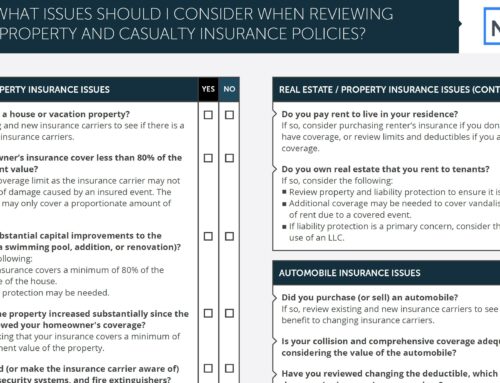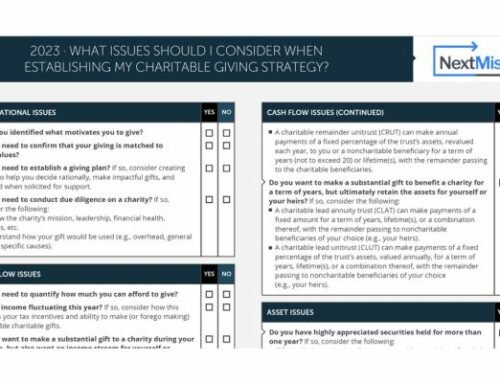Survivor Benefit Plan – The Big Decision
One of the biggest decisions military members face during their retirement transition is whether or not to take the Survivor Benefit Plan (SBP). The SBP decision can be emotionally charged because it’s about an unknowable future, regarding money, with limited options for change once the choice is made. This article is part one of a series. While SBP may not be relevant to you if you, parts 2-3 will be applicable in how to think about insurance and cashflow planning in general. This article discusses the basics of SBP.
Part 1: Basics of SBP
Part 2: SBP (or insurance/annuities) Solving A Cashflow Problem
Part 3: The Decision – SBP or Other Options – An Example
Part 4: Open Season Thoughts
What is the Survivor Benefit Plan?
The Survivor Benefit Plan allows retiring military members to provide ongoing payments to a spouse/former spouse and/or children after their death. SBP exists because military retirement pay automatically ends at the member’s death. Without SBP those who might also rely on your retirement pay would be left without that income at your death.
Military members are able to “insure” any amount up to 100% of their retirement pay. The cost of this is 6.5% of the “insured” amount. Should the member die prior to their spouse and/or children turning 18 (22, if a full-time student), they would get 55% of the retired member’s “insured” pay until the spouse dies or in some cases remarries or the child turns 18 (22, if a full-time student).
An Example
Let’s assume our retiree’s monthly retirement pay is $2000. If they decided to cover 100% of their retirement payment, $130 would be deducted each month resulting in a net pay per month of $1870. Should the member die before their spouse, the spouse would receive $1100 (55% of $2000) per month.
If the member instead decided to only insure $1000, they would have $65 per month deducted. Net pay would be $1935. But, upon their death, their spouse would receive $550 per month.
A few other notes:
SBP premiums are pre-tax meaning they will reduce your taxable income in retirement. Because of this, payments made to a beneficiary are taxable when they are received.
Additionally, all aspects of SBP are indexed to inflation, meaning as retirement pay increases so will the monthly premium. Once payments start, they will also be indexed to inflation for as long as they are being paid. Inflation protection is one of the key differences between SBP and most life insurance policies and annuities.
Factors To Consider When Making the Survivor Benefit Plan Decision
Like most financial planning decisions, it would be much easier to decide what to do if you knew exactly when you and your spouse will die and how your investments might perform in between. Unfortunately, my crystal ball is pretty cloudy with respect to those things. Factors you should consider include: whether someone else relies on your income, your health and age, your spouse’s health and age, your investments and net worth, any existing insurance coverage, your children’s age, and your desire to leave money to family, friends, or charity.
Factoring in all of these things can help frame the decision. You may determine that you need additional protection even if you opt for the maximum SBP. Alternatively, you may determine you only need to protect some of your retirement income.
Part 2 will look at SBP and other options you could use to provide income solutions to those who rely on you after your death.
Approaching retirement and the SBP decision, consider setting up a call to talk about your options. You can schedule that here (link).




